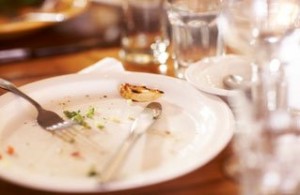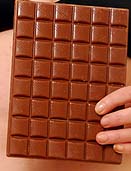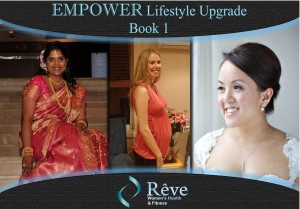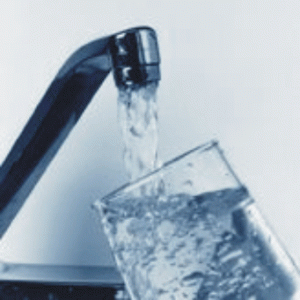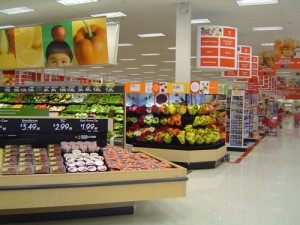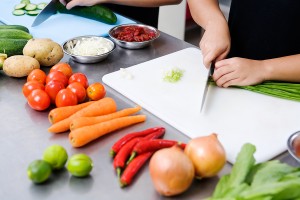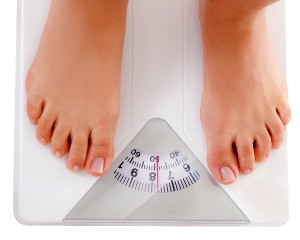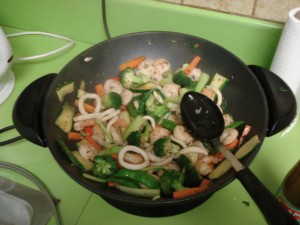Are you aware of the food you are eating, I mean really aware? What it tastes like, how it makes your body feel, are you full, are you just eating for the sake of it?
This article is a little reminder to be more aware of our food and what we are putting into our bodies. With some simple tips you can control your eating and curb overeating and nasty little habits that have crept their way into your daily routine.
Have a read and see if any of these tips would benefit you and your eating habits.
(photo care of scrumdillyicious)
